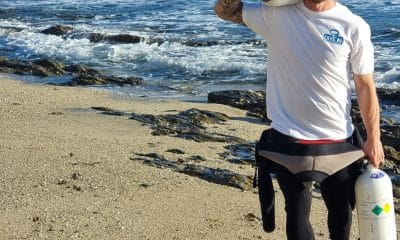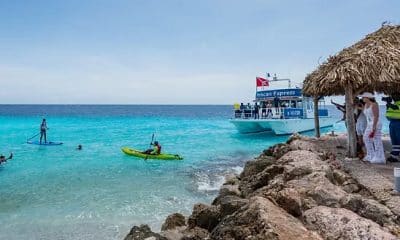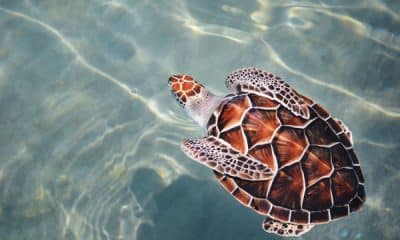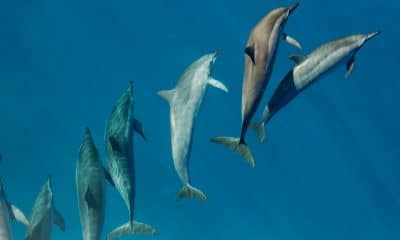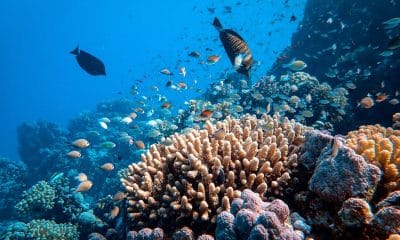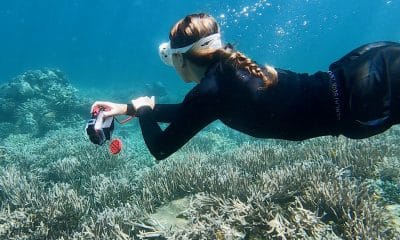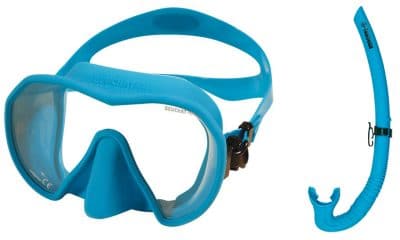Blogs
Seven days, seven snorkels in South-West Cornwall
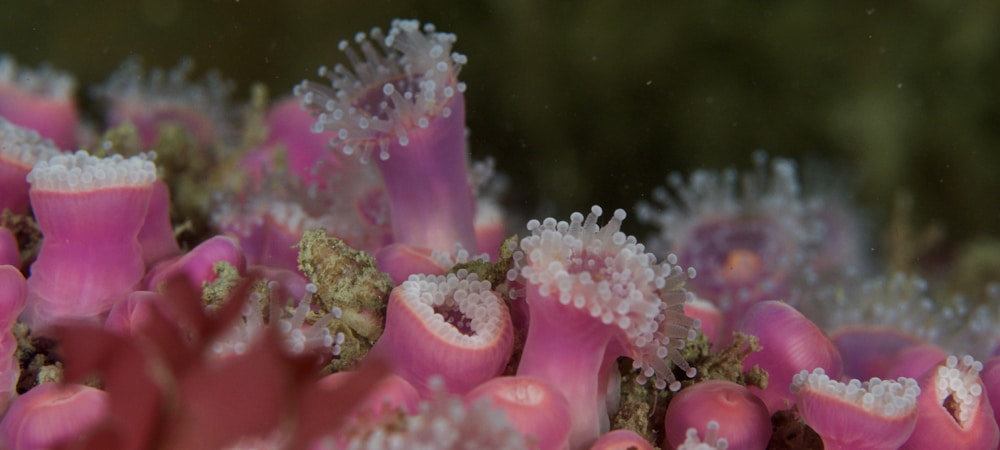
CJ & Mike from Bimble in the Blue discover snorkelling around the coast of Cornwall
Cornwall is a stunningly beautiful county and with such a huge amount of accessible coastline, it’s no wonder there are plenty of great snorkelling spots to choose from. Having attended university in the Falmouth area and being very keen on all things water based, I spent a great deal of my time in the sea off the south west coast of Cornwall.
Given the variety of coast, unless there’s really bad weather you can usually find a sheltered spot to get in the water. By checking the local surf forecasts for wind, wave and tidal info, you can ensure a safe and fun trip. There are far too many great places to cover in one blog, but below are some details of 7 snorkel spots from Falmouth round to Land’s End, one for each day of the week!
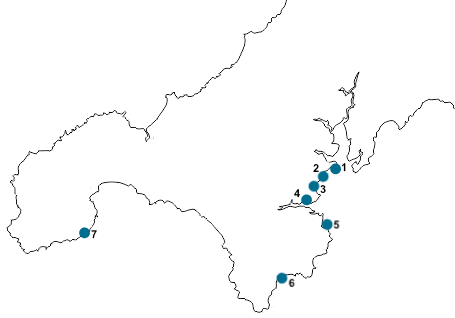
1. Pendennis “Silver Steps”
On the headland next to Falmouth town is Pendennis castle, a 16th century fort and a view point for the entrance to the Fal estuary. Following Carrick roads round past the viewpoint, you come to a small lay-by on the left hand side. A path leads to the steps that take you down to a gully in the rocky shoreline. The coast here is a series of rock gullies which offer great snorkelling and is also popular with dive schools conducting open water training, due to the easy entry and sheltered location.
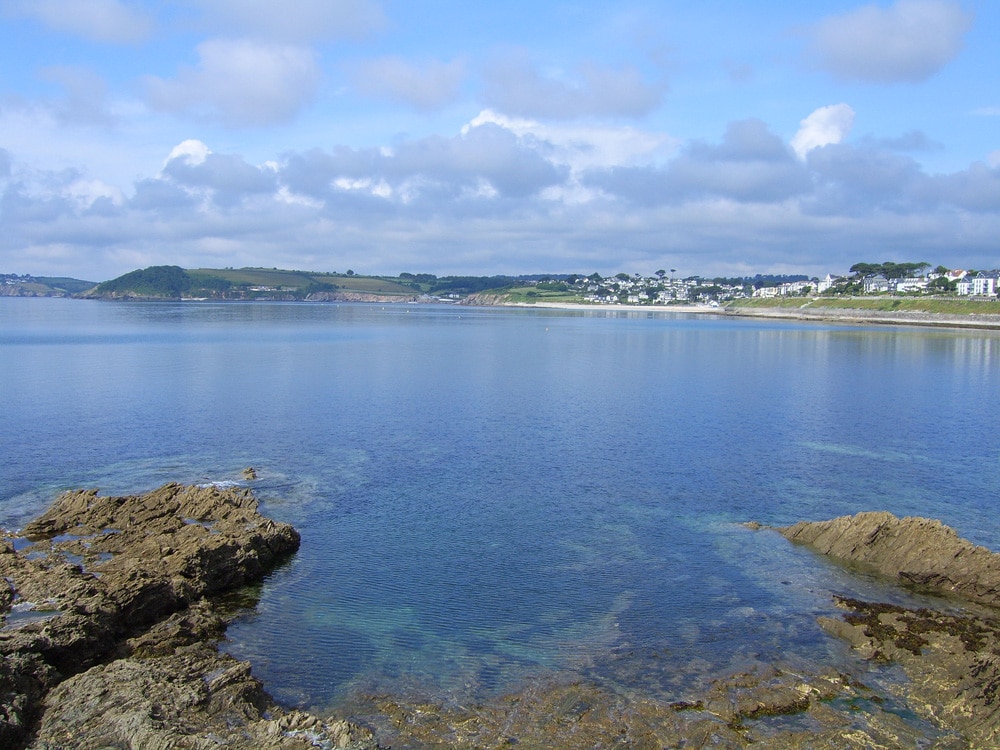
Crabs, lobsters, anemones, wrasse, shannies, cuttlefish and dogfish can be seen here on a regular basis. Snorkellers venturing away from the rocks may also come across the boiler from an old fishing boat or discover some of the metal sheeting from the WWI U-boats that were beached at Falmouth for explosive trials in the 1920’s.
2. Swanpool Beach
Swanpool boasts a small beach, car park, crazy golf course lake and cafe. It is located west along the coast from Falmouth and the better known Gyllingvase beach. Both beaches are sandy with a rocky area between them. A coastal path winds along the shoreline and while snorkellers can enjoy floating about the rocks on either side of the sands, the more adventurous can snorkel from one bay to the other and choose to stop for ice-cream before swimming or walking back. In summer kayaks can also be rented and a day can be spent happily exploring this small safe area of coastline.
3. Maenporth Beach
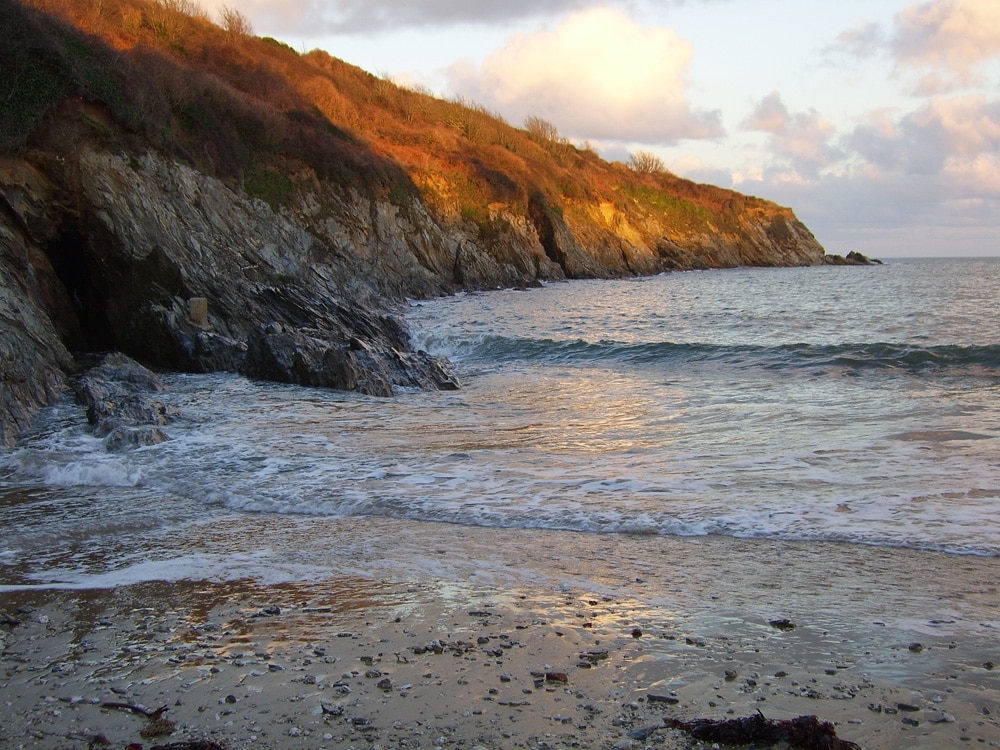
Moving west along the coast we come to Maenporth beach, a shallow sheltered bay, calm in all but easterly winds. There is parking and a cafe on the beach with toilet facilities. The rocky walls on either side offer lots of nooks and crannies for wildlife and the wreck of the Ben Asdale, a Scottish trawler wrecked in December 1978 is a major point of interest when following the shore to the left. The shallow water of the cove means there can be a large area of sand at low tide, so it is worth checking the tide times. Night snorkelling can also be fun here as little cuttlefish can be found over the sands as well as flatfish and dogfish.
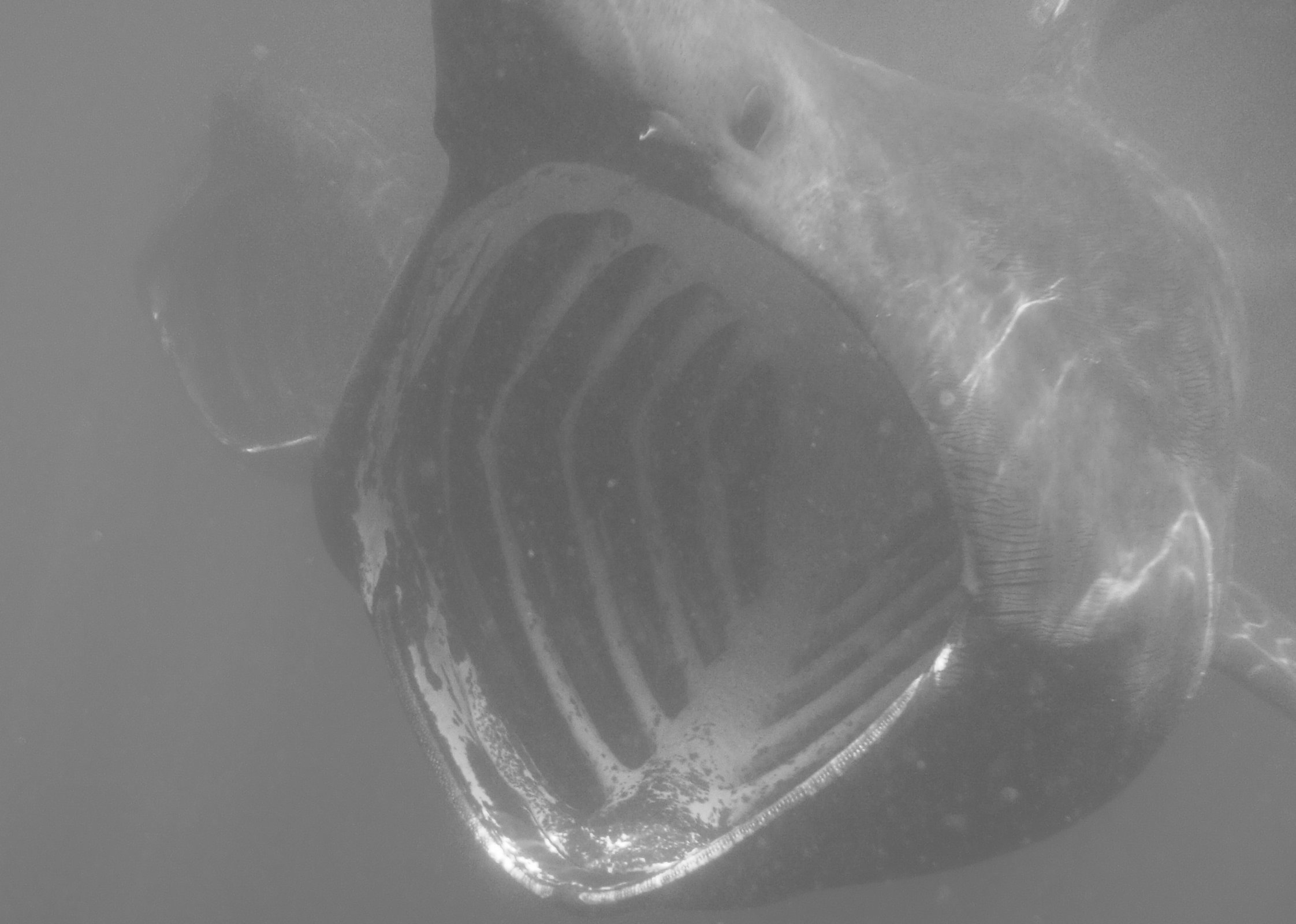
Maenporth has also been known to have basking sharks visit in the late spring to early summer and I once had the great fortune to be approached by these incredible creatures when on a snorkel in the bay.
4. Grebe Beach, Durgan, Helford Passage
The Helford estuary is a picturesque area and the National Trust owned Durgan village is no exception. Grebe Beach is accessible by a small path down hill from the NT car park (free for members or £2 all day). The beach is pebbly and slopes gently down to the water where it gradually deepens out into the passage. This site offers a very different snorkel as it is home to a beautiful eelgrass bed, where happy hours can be spent in search of sea-slugs, cuttlefish, pipefish, dragonets, crabs, fan worms, delicate hydroids and a wide range of anemones. The large blocks from boat anchor points are also host to absolutely huge plumose anemones!
5. Drawna Rocks, Porthkerris
Porthkerris is is a large pebble beach on the east of the Lizard peninsula with a dive centre boasting great facilities: 2 boats, beach cafe, campsite, parking, kit washing and an excellent house reef.
The Lizard peninsula has notoriously strong currents, which has resulted in many wrecks and excellent marine life. Thankfully the cove provides protection from the worst of these and boasts a fabulous house reef called Drawna Rocks.
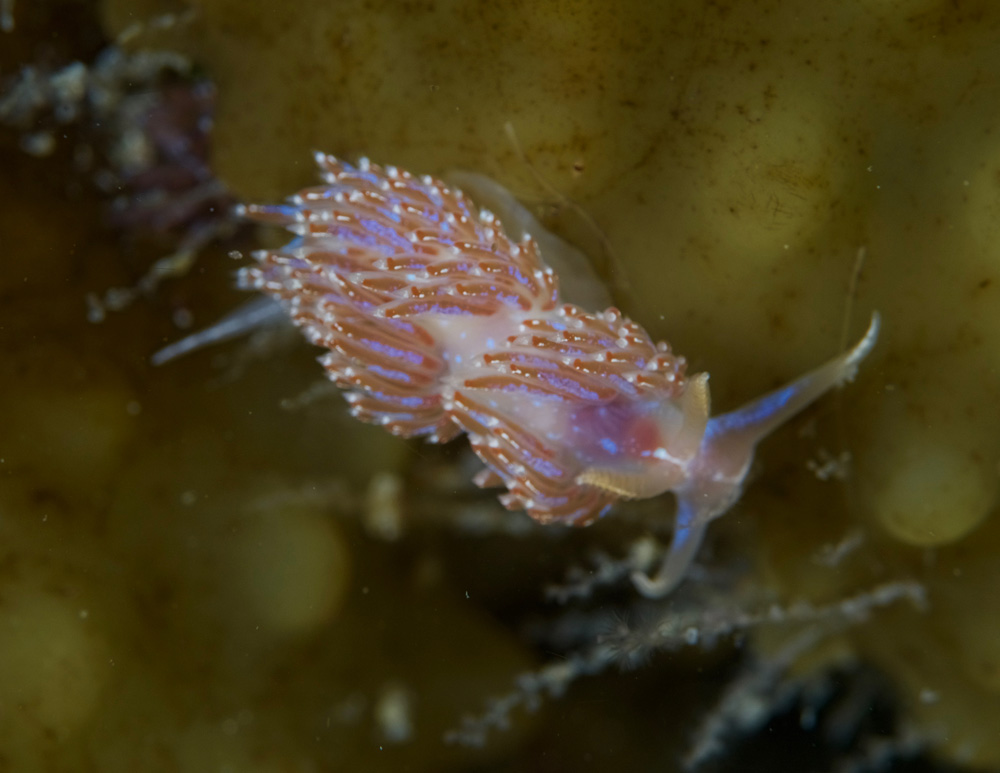
OLYMPUS DIGITAL CAMERA
From the beach you can see the rocks approximately 100m offshore, beyond these a submerged reef continues out for another 200m. With lots of reef and gullies to explore it is suitable for confident snorkellers is generally sheltered from all but Easterly winds. It is important to check the tide in this location and the dive centre staff are very helpful in advising the best route for the tide.
On the outer walls of the rocks, which are swept by the stronger currents there are walls of anemones, tunicates and sponges. There are also spider crabs and large numbers of fish. On a site like this there is also the chance to see some larger life if you’re lucky!
6. Lamorna Cove
Lamorna is a village in west Cornwall on the Penwith peninsula approximately 4 miles south of Penzance. This is a snorkel for a calm day and you must have cash to pay for the car park. (It is privately owned and cash only. They take no prisoners, so make sure you come prepared!). The little harbour provides good access to the water and has a little cafe nearby. My favourite route is to exit the harbour wall and turn right along the rocky coast, exploring the gullies and looking for the numerous spider crabs and other crustaceans. This site is also home to the rare sunset cup coral, which may be small, but is certainly beautiful.
7. Kennack Sands
Kennack Sands is a surf beach on the Lizard peninsula and while not at all suitable for snorkelling when the waves are stacking up, it has a great macro site right of the beach when the sea is calm. I love nudibranch hunting, so for me this site is worth the wait for a calm day.
It is best to go when there is no surf, the tide isn’t strong and aim at mid-low tide. The lower the tide the easier it is to see the rocks you are aiming for and to enter and exit the water. The rocks are out a little ways out so be prepared for a bit of a swim over the sandy bottom while looking out for rays and flounder. The rocks are in about 8m of water at mid tide and covered in kelp.
The best stuff is under the kelp, so stick your head under it and search for nudibranchs, anemones, cup corals and crustaceans. I usually see at least 4 different species of nudibranch, plus lots of other life. Scan the surrounding sand for cuttlefish, which are there in abundance in spring and summer. The beach is also stunning and you can get ice-cream from the cafe, what’s not to love?
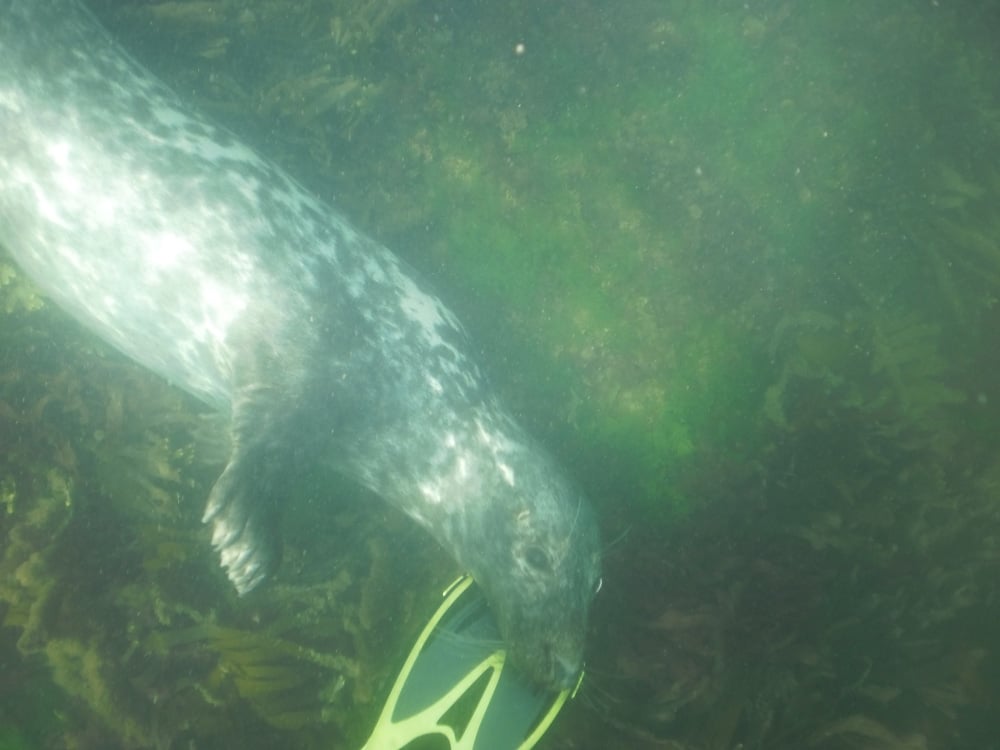
So there are my top seven snorkel sites to do if you have a week in the South West area of Cornwall. UK waters are full of incredible marine life and you are sure to have a great time exploring and will certainly end up eating far too many ice-creams, pasties and chips after days spent in the water!
Blogs
The Suit Ocean Team leads the Ultimate Curacao Snorkeling Adventure
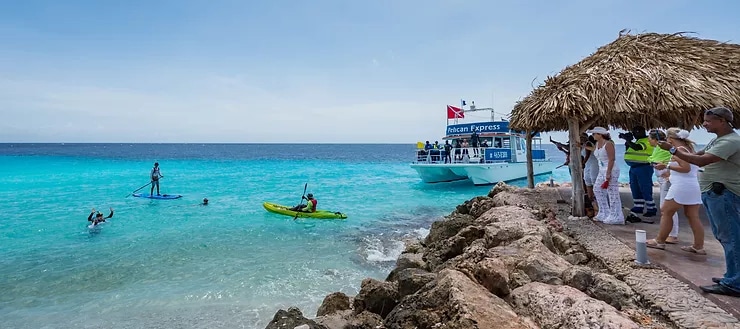
As passionate residents of our Dutch Caribbean Island, we must congratulate The Suit Ocean Team for creating more awareness about the importance of protecting our beautiful fringing reef systems in Curacao.
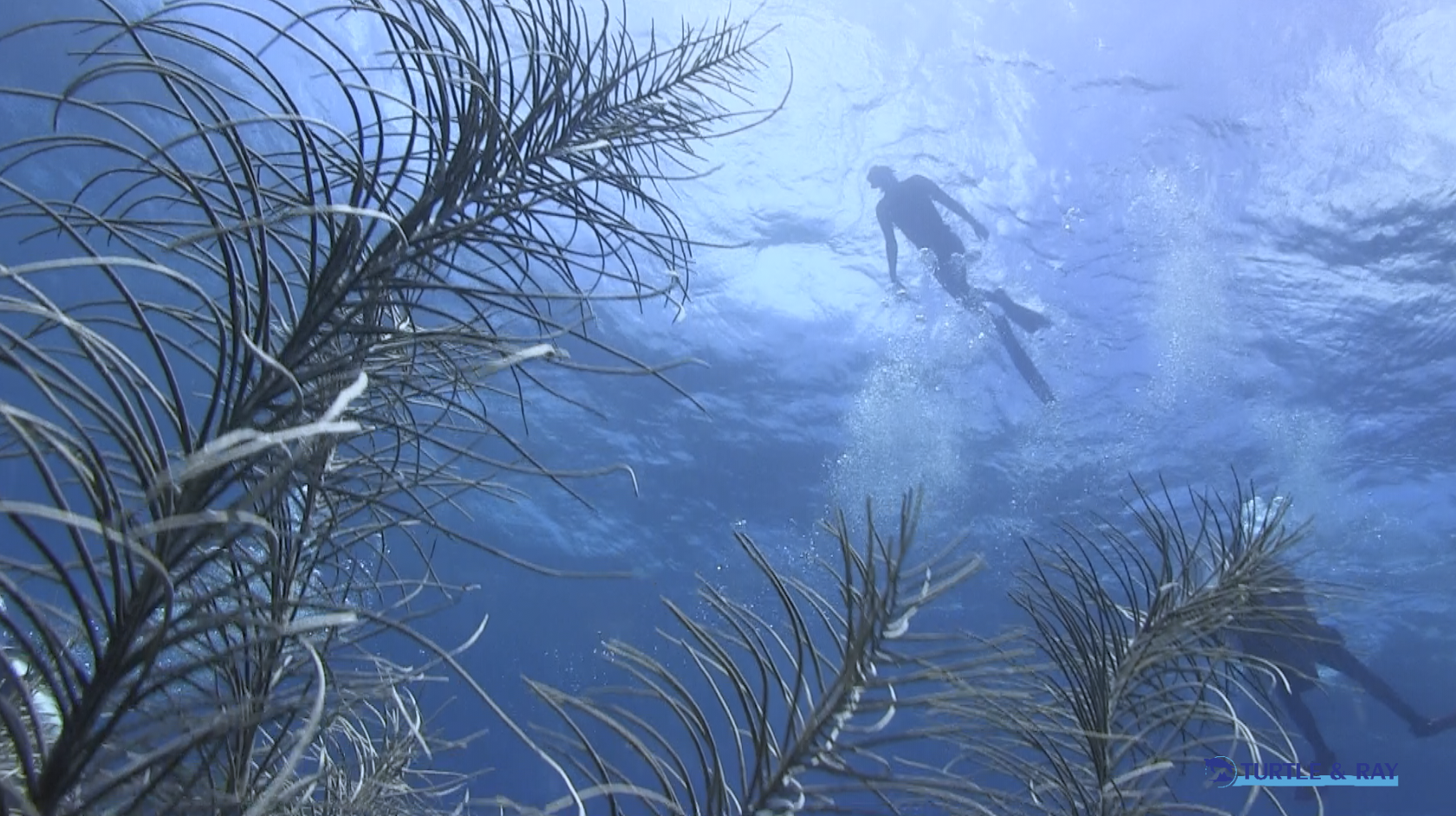
The film, Curacao Underwater Kunuku (Kunuku is Papiamento for Garden), not only documents this ultimate snorkeling adventure showing you how easy it is for everyone to access and enjoy a snorkel or diving experience, but it also showcases the interaction between man and nature, highlighting the beauty of underwater life while promoting conservation, preservation and the need to protect these vital habitats.
These are the key ingredients to this beautiful short film documentary. Watch NOW and please enjoy our “CURACAO UNDERWATER KUNUKU”.
This film, produced by the Lawrence Mensa Foundation (LMF), is also available in multiple languages including: Spanish, Papiamentu, Dutch, Portuguese and German.
Blogs
8 Unique Places to Go Snorkeling in Europe
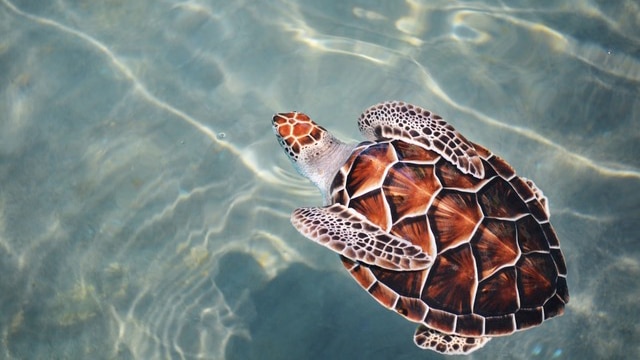
Snorkeling in Europe brings to mind golden sands dotted with beach umbrellas, clear waters, and rocky landscapes busy with Mediterranean fish life. Europe offers all of that, but it also offers so much more for snorkelers. Among Europe’s diverse countries, you can find impossibly bright blue lagoons, idyllic islands, and pristine marine reserves that host thousands of sea turtles and playful seals. You can snorkel over a sunken Roman city and explore one of the world’s premier marine megafauna hotspots. Ready for a summer vacation? Get inspired with our round-up of 8 unique places to go snorkeling in Europe.
Comino, Malta
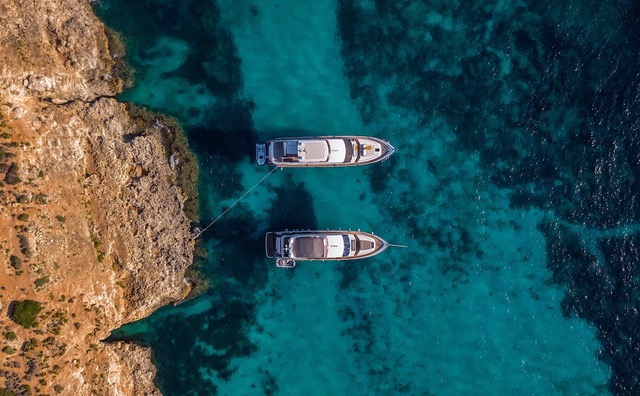
Sitting between the islands of Malta and Gozo, Comino Island is a paradise for snorkelers and divers alike. This tiny island hosts the brightest blue waters in the Maltese Islands and offers fantastic snorkeling among sheltered inlets and caves busy with diverse marine life.
Comino is best-known for hosting the Blue Lagoon; a bucket-list destination with crystal-clear waters and striking rocky landscapes. It is the perfect place to go snorkeling, take a hike, or simply marvel at the gorgeous scenery.
Medes Islands, Spain.
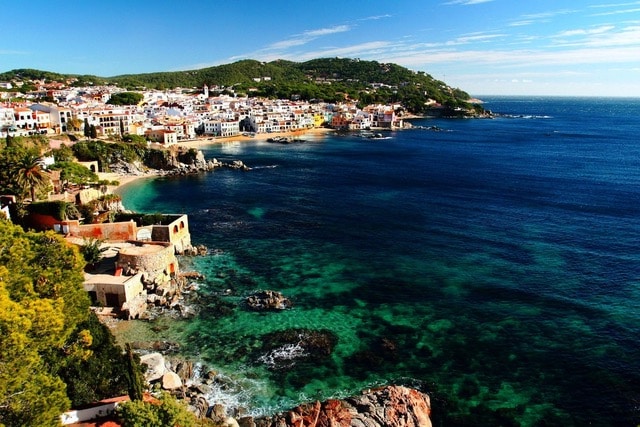
With over 500 dive sites and seaside destinations all along its coastline, Spain draws tourists from around the world. This vibrant country is one of Europe’s top vacation spots.
The Costa Brava in northeastern Spain is home to some of the most famous snorkeling spots in the country, one of which is the Medes Islands. This small archipelago of seven islets off L’Estartit is one of the best marine reserves in all of the Mediterranean.
Fishing was banned at the Medes Islands over 30 years ago, which has allowed marine life to flourish there. Seagrass meadows and rocky areas busy with fish await. A visit to this exceptional marine ecosystem is a must if you are visiting Spain.
Zakynthos, Greece.
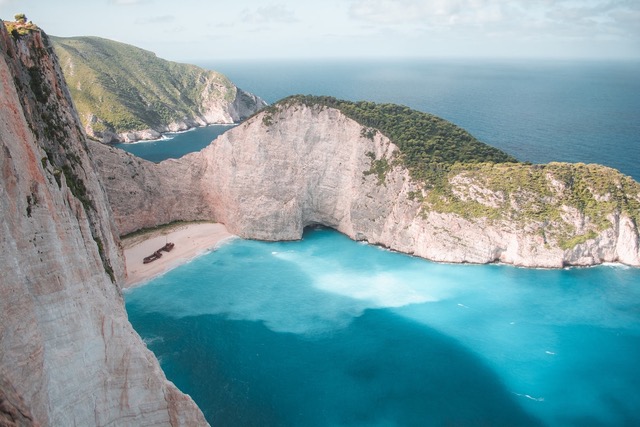
If you love sea turtles, Greece should be top of your list of places to go snorkeling in Europe.
Zakynthos is home to Marathonisi Island, also known as ‘Turtle Island’. This small island sits within the National Marine Park of Zakynthos and is a vital breeding ground for loggerhead sea turtles. The National Marine Park of Zakynthos was created in 1999 to protect these turtles, plus rare Mediterranean monk seals, which give birth to their young in Zakynthos’s secluded caves.
Marathonisi, nearby Cameo Island, and Zakynthos, are the top places in Europe to swim with turtles. In the summer months, thousands of loggerhead turtles visit the area to lay their eggs and you can go snorkeling with them.
Lundy Island, United Kingdom.
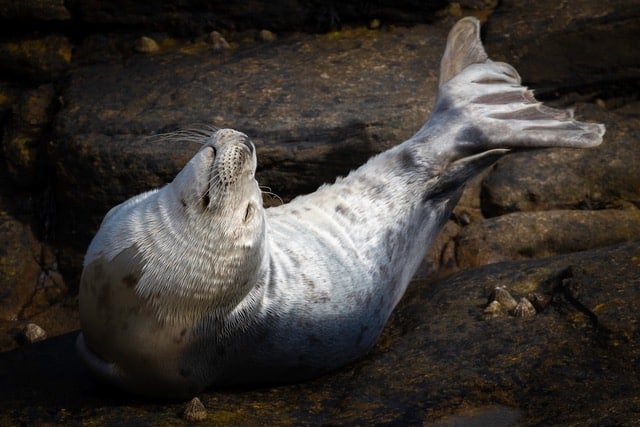
Snorkeling with seals is bound to leave a smile on your face. These cheeky animals are known for getting up close to snorkelers, checking them out, and occasionally nibbling fins.
Lundy Island is one of the best places to go snorkeling with seals in Europe. This island sits just 12 miles off the coast of Devon and hosts a breeding colony of Atlantic grey seals. The seals can be found playing in the surf and lounging in the sunshine at various points around the island.
Grab your snorkeling kit and dive in. Below the water, you will find shallow sunlit kelp forests, a variety of reefs, sea caves, and pinnacles. Lundy is a popular place for diving, but you will see plenty of marine life from the surface, including bright cup corals, anemones, fish, and hopefully seals.
Sunken City of Baiae, Italy
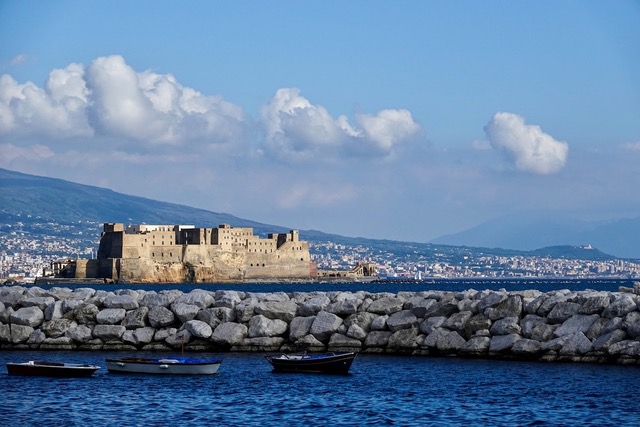
Not every great snorkeling experience is about marine life. In Italy, you can snorkel over ancient Roman ruins.
Two thousand years ago, Baiae was the destination for rich Romans to escape the city and relax by the seaside. Countless emperors and merchants flocked to Baiae’s shores every year, until tectonic activity forced this thriving city underwater.
Today, Baiae is an intact underwater city and one of the top highlights of snorkeling and diving in Italy. Observing these ruins is a breath-taking experience that brings history to life. There are Roman statues, a thermal spa, paved roads, and pillars dating back to the 1st century BC.
Corsica, France
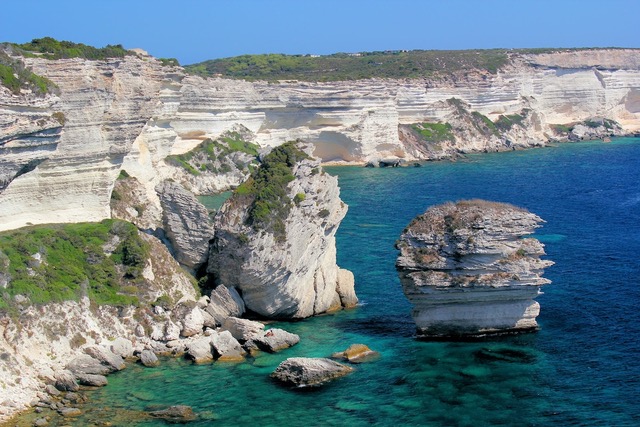
Corsica is renowned for its crystal-clear waters and shallow bays perfect for snorkeling with your kids.
This gorgeous island in the Mediterranean Sea boasts dramatic cliffs and white-sand beaches that hosts a wealth of accessible snorkeling spots. There are rich seagrass beds and rocky landscapes, plus small hidden coves dotted around the island. All of which host a diverse array of marine life, including huge schools of fish, octopi, moray eels, and starfish.
Corsica’s calm waters make it ideal not just for kids, but also for beginner snorkelers and those who want an easy time in the water. With water temperatures reaching up to 26 °C, plus water visibility of up to 30 meters, Corsica ticks the boxes for a laidback beach and snorkeling vacation.
Traun River, Austria
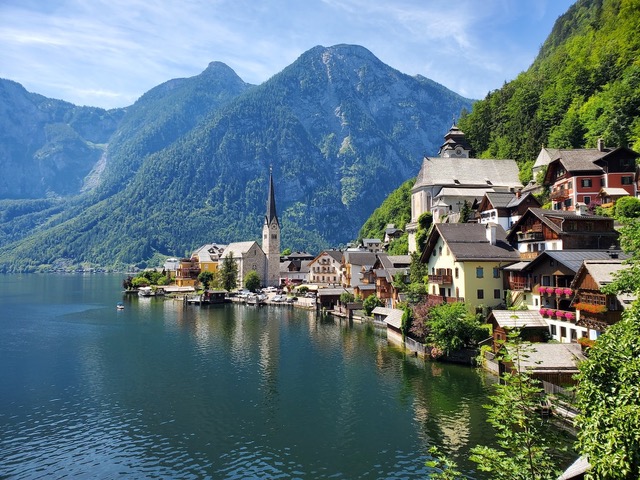
You might not think of Austria for snorkeling, but this land of iconic mountains and lush green landscapes has pristine lakes that attract divers and snorkelers every year. Away from the lakes, you can go snorkeling in spring-fed rivers that gleam in the sunshine.
Forget about floating on the surface when you go river snorkeling. At the Traun River in Upper Austria, river snorkeling involves rock jumping, canyoning, and some relaxed floating downstream. Along the way, you can explore interesting rock formations, underwater caves, and a waterfall, and meet freshwater fish life. This is also an excellent spot to go drift diving.
The Azores, Portugal
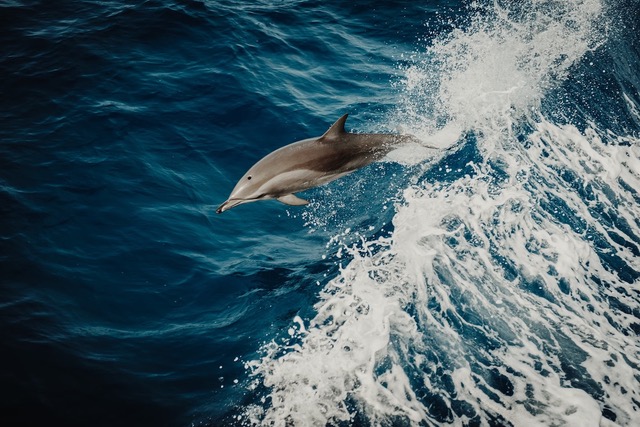
Sitting in the middle of the Atlantic Ocean and surrounded by endless blue waters, the Azores is a mecca for marine megafauna.
These famous islands host a remarkable amount of marine life, including more than 27 whale and dolphin species, mobula rays, and sharks. Snorkeling at the Azores is a great way to experience this wealth of life. You can swim with dolphins and snorkel among dozens of mobula rays and big pelagic fish.
And if you have a scuba certification, you can also go diving with mako and blue sharks. With water visibility reaching up to 60 meters, the Azores is incredible whichever way you choose to explore.
Kathryn Curzon, a conservationist and dive travel writer for SSI (Scuba Schools International), wrote this article.



